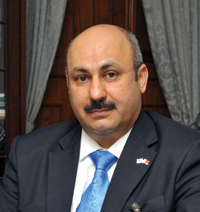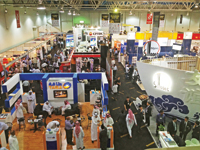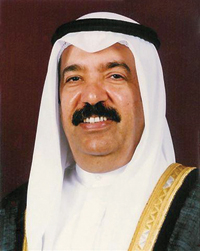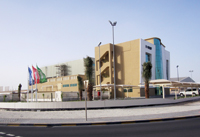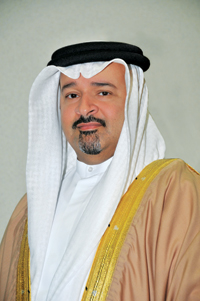
 Hanley ... significant achievements
Hanley ... significant achievements
TATWEER Petroleum, a joint venture operating company between Bahrain’s Noga (The National Oil & Gas Authority), the US’s Occidental Petroleum Corporation and Abu Dhabi’s Mubadala Development Company (Mubadala) for the master development of the Bahrain Field, plans major capital investment in 2013.
The outlay will be primarily to drill the new wells and to complete the major infrastructure projects currently under construction such as the new tank batteries, well manifolds, and water flood infrastructure, according to Ed Hanley, the CEO of Tatweer Petroleum.
“A key focus for Tatweer during 2013 will be to monitor and analyse the performance results from the water and steam pilots to determine the direction of future development opportunities,” Hanley tells Oil & Gas News in an exclusive interview.
Tatweer’s objectives for 2013 are to continue to execute the Bahrain Field Master Development Plan to increase oil production and reserves and to meet the kingdom’s gas demand at all times, even during the peak summer demand period, he says after capping of a successful 2012. To accomplish this, Tatweer will continue to drill wells, construct facilities, hire and train staff, and deploy appropriate technology, he says.
Hanley says that during 2012 total oil and condensate production averaged 45,300 barrels per day (bpd), and black oil production averaged 40,700 bpd. These production levels are an improvement over the 2011 oil and condensate average of 41,700 bpd and black oil average of 38,000 bpd. The improvements are the result of new drilling, facilities upgrades, improved reservoir management, and operational efficiencies.
Excerpts from the interview:
What have been the significant achievements of Tatweer during 2012?
During 2012, Tatweer continued to make excellent progress in implementing the Master Development Plan for the Bahrain Field, including the successful introduction of water flooding and steam injection into multiple reservoirs, the inauguration of six water treatment plants and an associated gas compression plant, and the energising of an electricity power grid.
 |
|
Hanley with some of Tatweer’s employees |
Drilling activity continued at record pace and records were also achieved in production, workover activity, recruitment, training and safety. Tatweer’s automation of the Bahrain Field continued during 2012 and is yielding good dividends.
Our staff is now able to monitor production at a very detailed level and to remotely make adjustments as needed to our wells and facilities to maximise production.
After over three years of operation how much have you been able to improve production at the Bahrain Field?
Total oil and condensate production in 2012 averaged 45,300 barrels per day (bpd), and black oil production averaged 40,700 bpd. These production levels are an improvement over the 2011 oil and condensate average of 41,700 bpd and black oil average of 38,000 bpd. The improvements are the result of new drilling, facilities upgrades, improved reservoir management, and operational efficiencies.
How many more wells were drilled during 2012? What type of wells?
During the year Tatweer set a record for the number of wells drilled. In total, 254 new wells were drilled in 2012, significantly above the 2011 count of 166 wells and the original 2012 plan of 200 wells. The increase in wells drilled above the plan was the result of faster drilling and changes to the well designs and targets.
The wells drilled were a combination of oil production wells and a significant number injection wells for water and steam flooding oil recovery projects.
 |
|
Employees monitoring the field |
What was the black oil production exit rate at the end-2012? What was the average oil production rate average in 2012? What was the average availability of non-associated gas for the year?
In December 2012, black oil production averaged 42,000 bopd, a monthly record for Tatweer. This is a significant achievement considering that when Tatweer started operations in December 2009, the black oil production was 26,000 bpd. The average non-associated gas availability for 2012 was 2.3 billion cubic feet per day (bcfd) as compared to 1.9 bcfd in 2011, another record for Tatweer.
What are the challenges that you face currently in your task of boosting output? How do you overcome them?
As one of the oldest and longest producing fields in the world, the Bahrain Field has seen over 80 years of primary production using gas injection to maintain reservoir pressures and to recover oil through cycling. The various stacked reservoirs are complex and highly fractured structures. Improving our understanding and characterisation of the reservoirs together with the introduction of new technologies, such as thermal processes and water flooding, takes skill and determination from all of the staff as well as significant capital investment and time.
We are currently conducting enhanced oil recovery pilots with different technologies in multiple reservoirs. The results of these pilots will help guide us to the most optimum development and recovery schemes for the future.
What is the status of the Rubble steam injection pilots which commenced last year?
Tatweer began a steam injection pilot in the heavy oil Rubble reservoir late in 2010. The steam is intended to reduce the heavy oil viscosity and enable the oil to flow more easily. To date, the steam has been successful in liberating oil, but more work is needed to determine whether the process can be applied economically on a large scale. During 2013, we will be expanding the pilot with 17 new wells in order to obtain addition data over a larger area. During 2012, a second steam pilot was initiated, this time in the light oil Mauddud reservoir. In this pilot, the steam is intended to liberate residual oil currently trapped in the gas cap of the reservoir. This is a novel approach that is being tried for the first time in the region and could have very broad application if successful.
 |
|
Tatweer ... capping off a successful year |
What has been the effect of the digital canopy (wireless) covering Bahrain Field which was fully deployed last year?
The digital canopy covering the Bahrain Field is a very useful tool that is helping us to monitor all our operations and rectify any problem instantly. The Bahrain Field today is truly a digital oil field where there was little digital automation or instrumentation when Tatweer took over operations in 2009. The focus now is training people to use the data to optimise production, monitor facilities, and assess pilot results.
What were the new construction projects undertaken during 2012?
The Bahrain Field has undergone a major transformation with the construction of many significant new facilities undertaken in 2012, including: six new water treatment plants, a third phase of associated gas compression, two new well manifolds, four high pressure water injection stations, fifteen new three-phase well testers, a drilling mud plant, warehousing, and an electric power grid with three substations. These facilities are all needed to support safe, efficient and environmentally responsible production operations over the coming years as field development continues.
What achievements has Tatweer had in the areas of Health, Safety and Environment (HSE)?
In 2012, Tatweer continued to enhance its programmes to prevent and mitigate HSE incidents and reduce risks to people and the environment. Considerable effort and resources were focused on improving the environmental and safety practices in the Bahrain Field. For instance, six new state-of-the-art water treatment plants were commissioned which employ a two-phase filtration process that removes particles and trace oil from our produced waters destined for injection. Tatweer also launched a Predictive Emissions Monitoring System (PEMS) which monitors emissions from Tatweer combustion sources. Tatweer employees and contractors worked more that 19.5 million man-hours in 2012, more than double the man-hours worked in 2011, with the lowest combined employees and contractors Injury and Illness Rate (IIR) in Tatweer’s three years of operation.
Do you plan fresh capital injection to fast-track the field development?
Major capital investment is planned for 2013 primarily to drill the new wells and to complete the major infrastructure projects currently under construction such as the new tank batteries, well manifolds, and water flood infrastructure.
A key focus for Tatweer during 2013 will be to monitor and analyse the performance results from the water and steam pilots to determine the direction of future development opportunities.
What are the targets set by Tatweer for 2013?
Tatweer’s objectives for 2013 are to continue to execute the Bahrain Field Master Development Plan to increase oil production and reserves and to meet the kingdom’s gas demand at all times, even during the peak summer demand period. To accomplish this, Tatweer will continue to drill wells, construct facilities, hire and train staff, and deploy appropriate technology.
Integral to meeting our objectives, Tatweer is committed to providing safe, healthy and secure workplaces, protecting the environment and maintaining high ethical standards. Nothing is more important to Tatweer than the safety of our employees and neighbouring communities.
Tatweer Achievements in 2012
The following are the achievements of Tatweer Petroleum in 2012:
• Annual field oil production and black oil production were increased to 45.3 mbpd and 40.7 mbpd, respectively;
• Non-Associated Gas system capacity was at an all-time high of 2.3 bcfd;
• Six new high-technology water treatment plants were constructed and put in operation;
• Third phase of associated gas compression project was inaugurated, bringing total installed associated gas capacity to 235 mmscfd;
• Two new well manifolds were added;
• Four high pressure water injection stations with capacity of 240 mbwpd were installed;
• Fifteen new three phase well testers put in operation;
• New independent 140 megawatt field power grid tied into EWA national grid and energised;
• Ahmadi Waterflood pilot was initiated and Mauddud waterflood pilot was expanded;
• Mauddud Light Oil Steam Flood pilot was initiated;
• Three Khuff gas well and 230 oil well workovers were carried out;
• 68 coil tubing jobs and over 400 well stimulation jobs were completed;
• More than 676,000 man-hours work were completed in maintenance, repairs and upgrades;
• Over 21,000 quality inspections were carried out;
• New liquid mud plant to recycle used drilling mud was constructed;
• New field office completed and occupied by Operations, Facilities and HSE;
• 118,700 training hours were delivered;
• The number of staff has increased from 747 to 798 with 63 per cent Bahrainisation;
• A new GIS system to allow surveying the entire Field on an ‘as-built’ basis was developed; and
• The second phase of e-Commerce of Tatweer Business Improvement Project was completed.










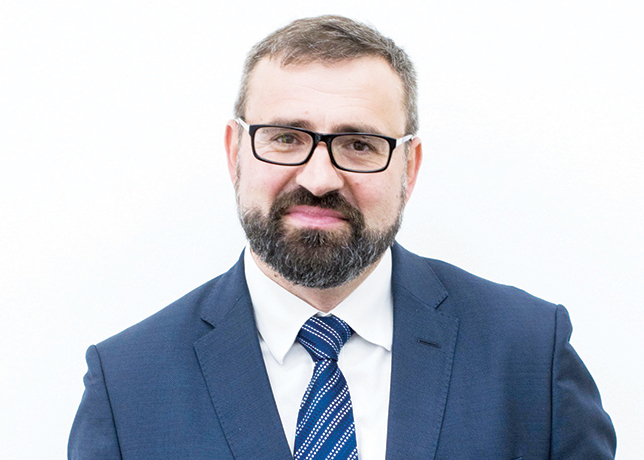
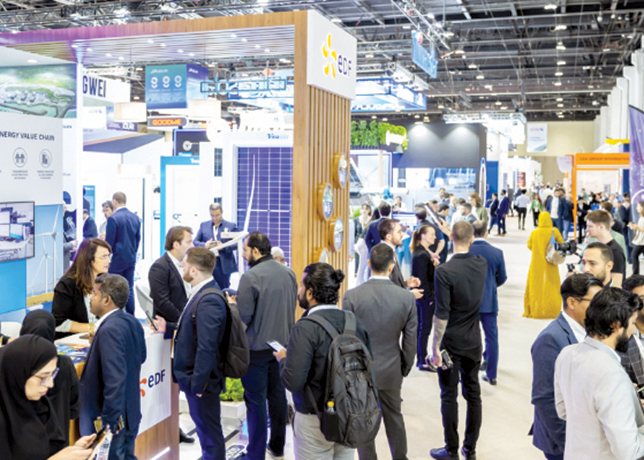
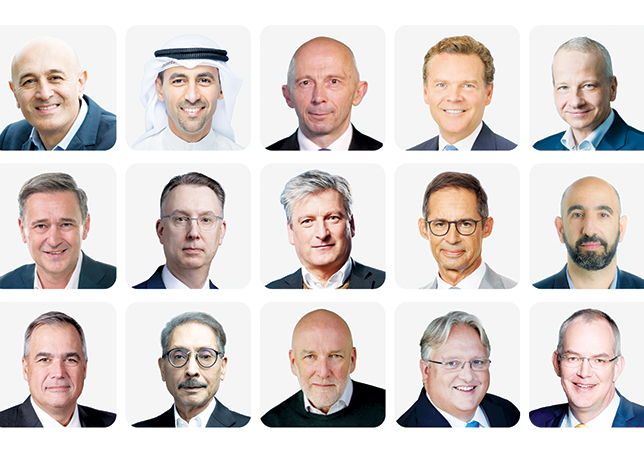




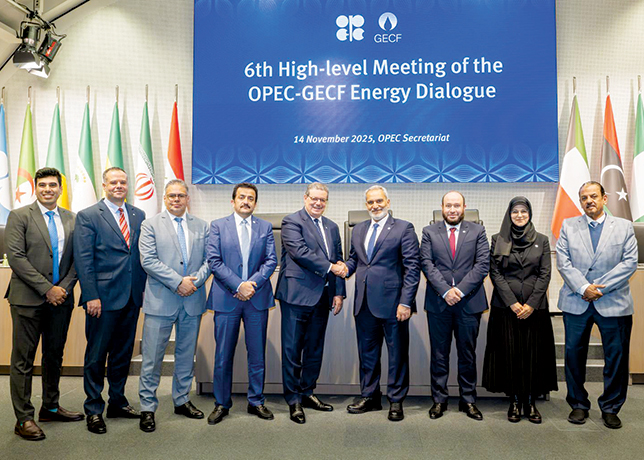
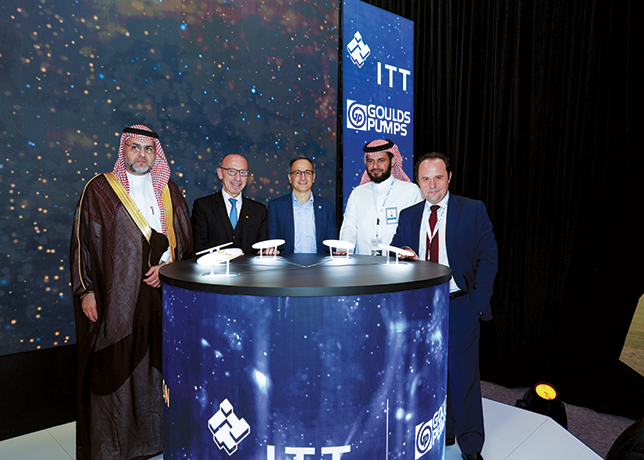


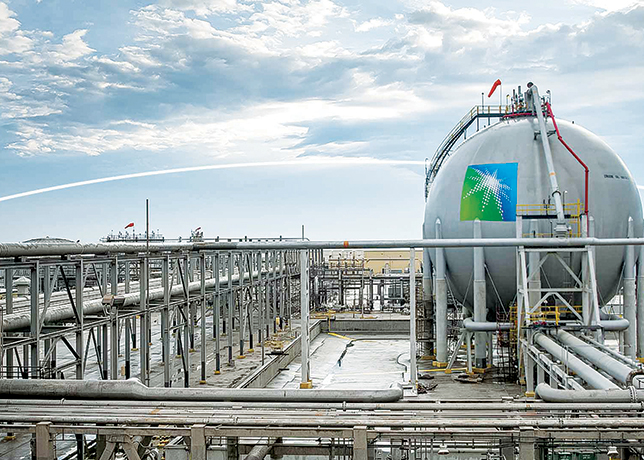

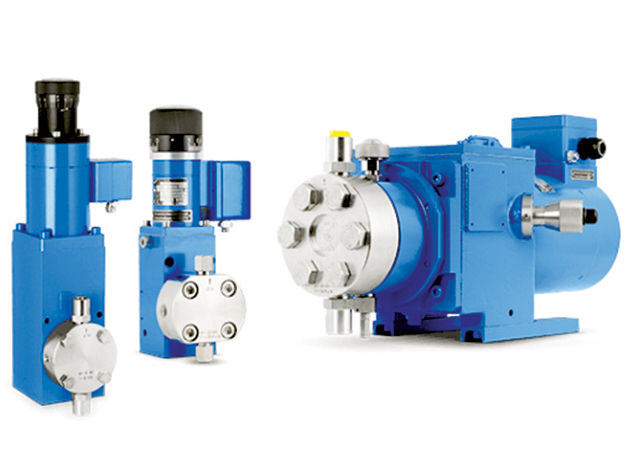
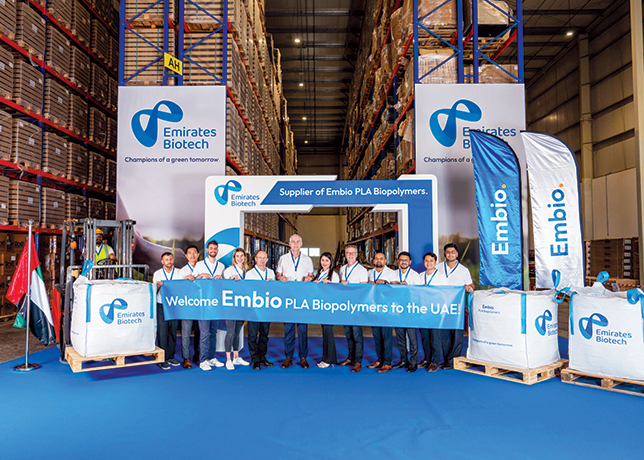




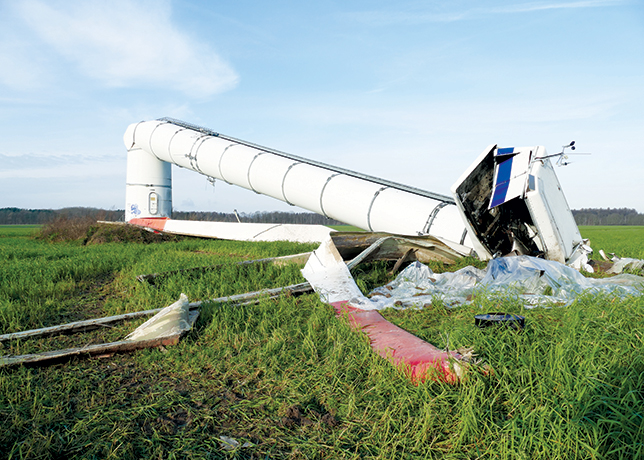
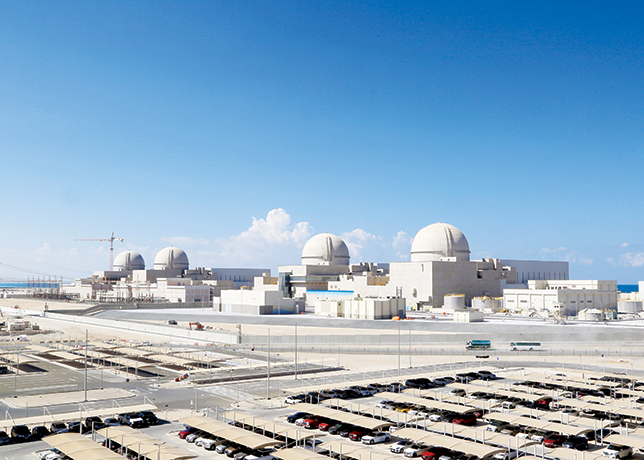

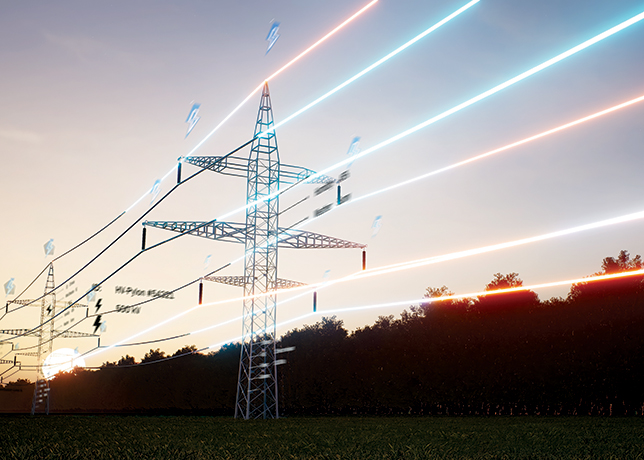
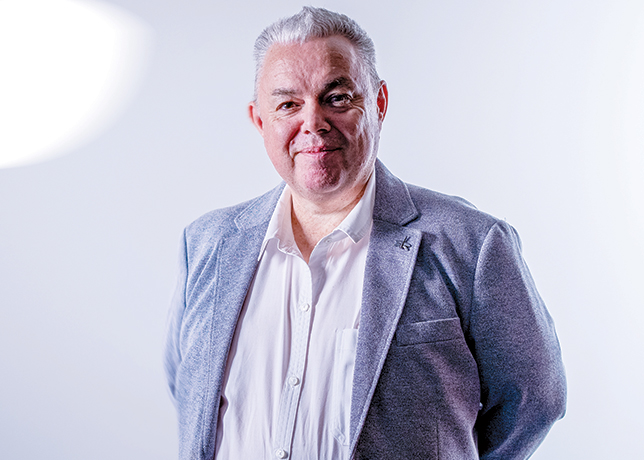


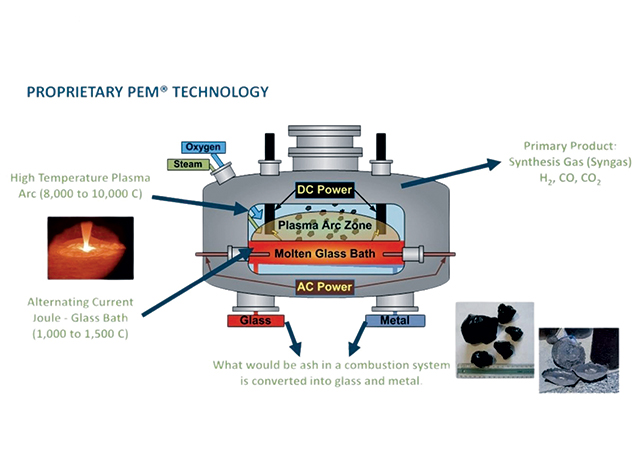
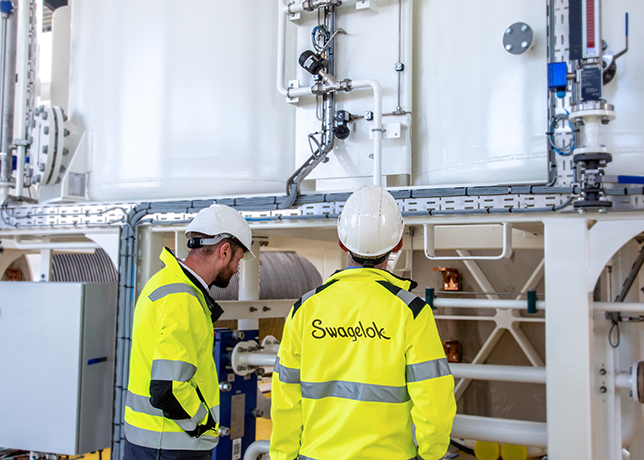
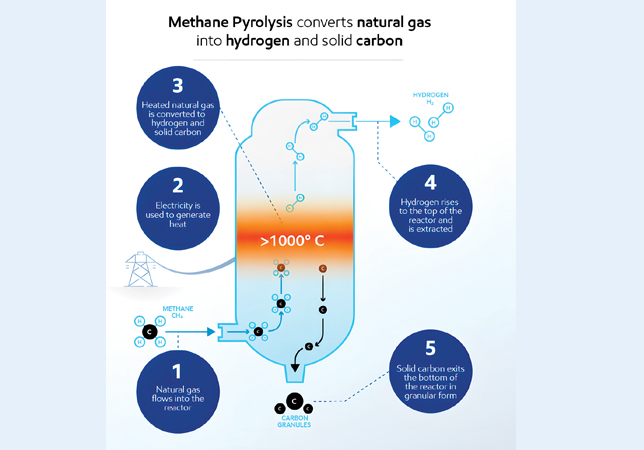
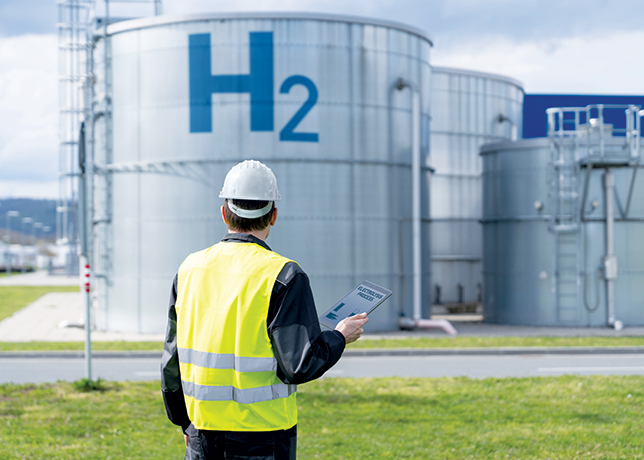
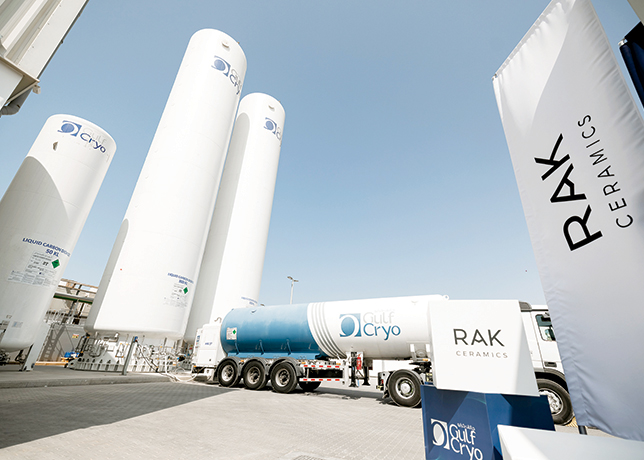
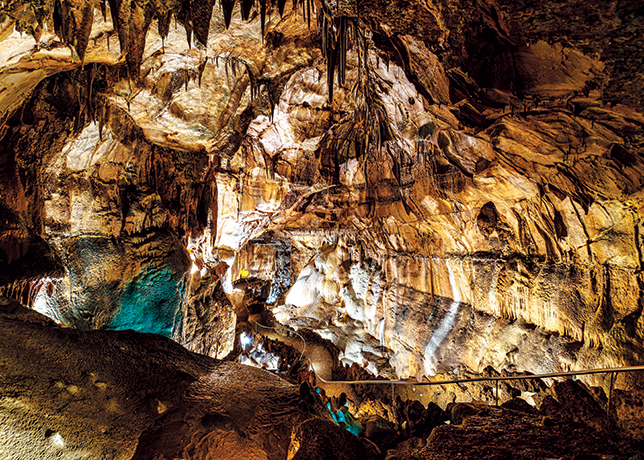

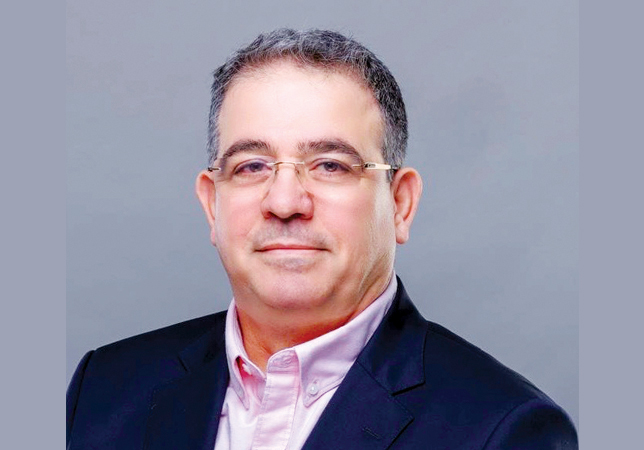
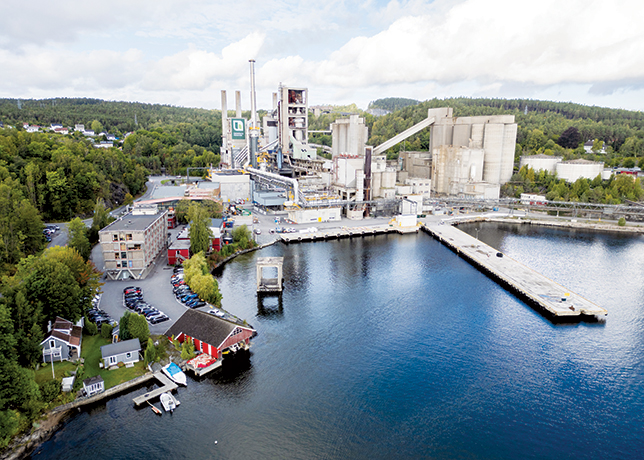

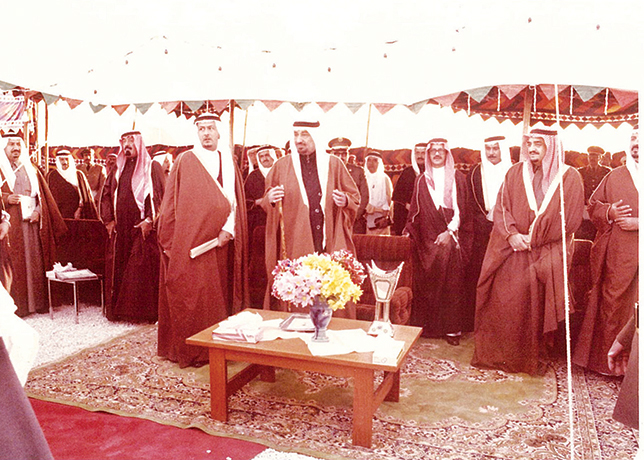



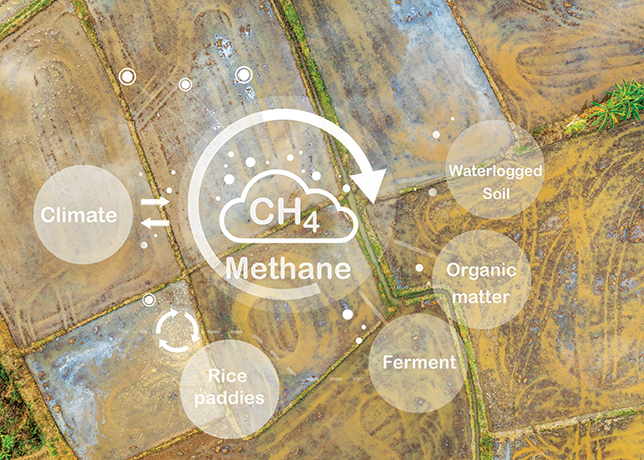
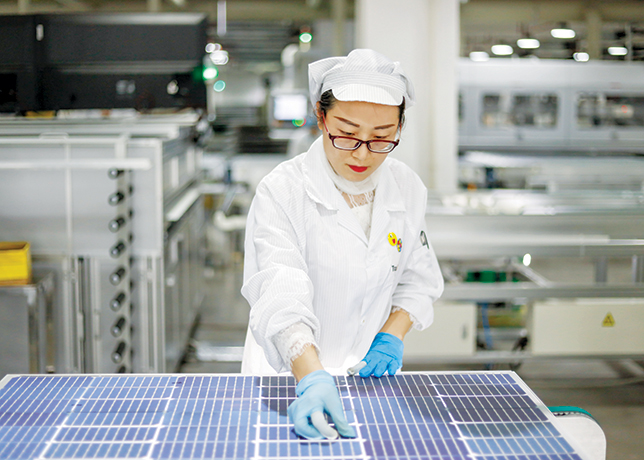






















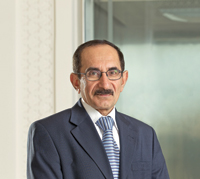
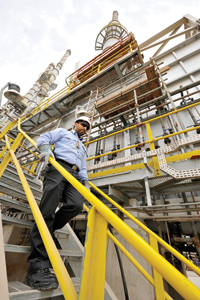
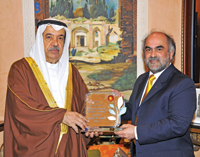

.jpg)
.jpg)
